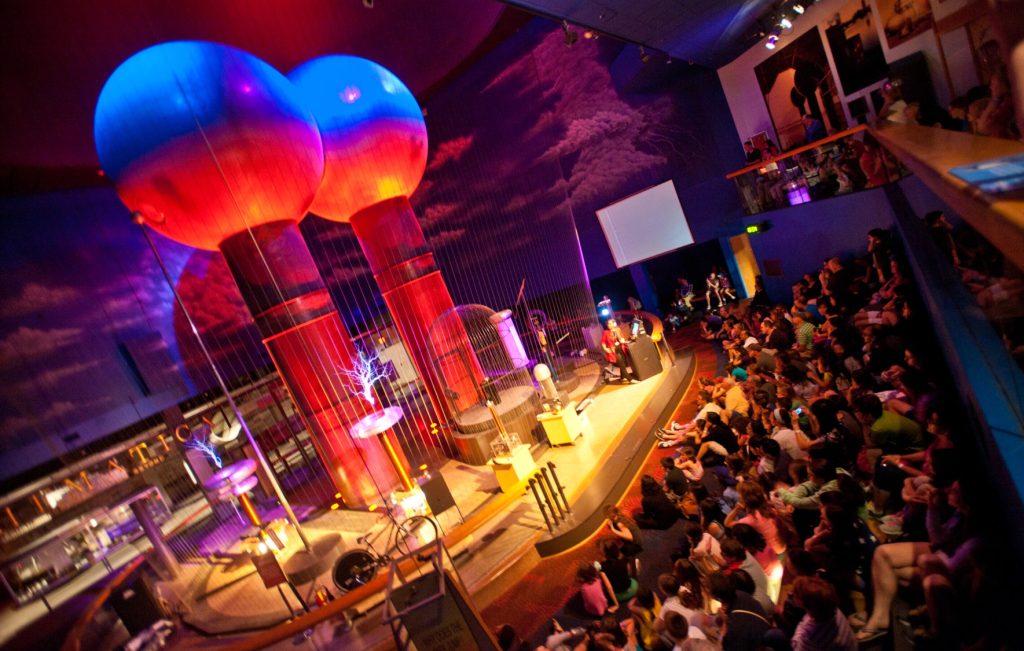Sara Glidden, Program Manager
New SMU DataArts study examines financial and operating trends of a cohort of cultural organizations from 2019-2022

A recent report prepared by SMU DataArts in September — with support from Mass Cultural Council — examines financial and operating trends of a cohort of more than 300 Massachusetts arts and cultural organizations before, during, and after the early stages of emergence from the pandemic (2019-2022).
At that time, most of this cohort of organizations were recipients of Mass Cultural Council’s Cultural Investment Portfolio or Gateway operating support grants, and this study reflects the financial experience of our grantees during this period.
The study by Rebecca Roscoe, Senior Research Associate at SMU DataArts, analyzes how ongoing recovery, historically high levels of inflation, and the rise of temporary federal relief dollars affected organizational health during this period. Despite an uptick in many financial and operating metrics during reopening, most organizations were still working to recover to their pre-pandemic levels of organizational well-being as of 2022.
SMU Data Arts’ Key Findings
Strategies for survival during the pandemic
- Massachusetts organizations weathered the crises of recent years by scaling back their operations and attracting additional support.
- The average Massachusetts cultural organization reduced its budget by 12% in 2022 compared to 2019 after adjusting for inflation.
- Unprecedented levels of government support were observed over the four-year period. Federal relief programs kept many organizations afloat during the pandemic and saved jobs in the arts, fulfilling their intended purpose. Overall, a fourfold increase in government support was observed from 2019 to 2022.* Growth was highest among organizations with budgets between $2 and $5 million.
- Government funding fueled revenue growth that, while lower in real dollars over time, exceeded the amount of reduced expenses resulting in annual surpluses, rising from the equivalent of 4% of expenses in 2019 to 14% in 2021. Median working capital was 5 months prior to the pandemic and rose to nearly 11 months.
Uncertainty in future revenue sources
- After adjusting for inflation, operating revenue shows a 12% decline from 2019 to 2022.
- Organizations remain very reliant on declining revenue sources. In 2022, 65% of expenses were covered by contributed revenue. However, the rate of contributed revenue growth has slowed. With the exception of government funding, other contributed revenue sources did not keep up with inflation.
- Private giving by individuals dropped 13% after adjusting for inflation.
- Trustee giving dropped by 3% while foundation funding supported virtually the same level of Massachusetts organizations’ total expenses in 2022 as in 2019.
Recent growth in attendance and earned revenues…but much ground has been lost
- In 2021-2022, increased program offerings spurred promising growth in earned revenues (84%) and attendance (749%), as well as accompanying expenses (18%).
- However, the recovery is still in progress as these metrics remain lower than pre-pandemic levels, with earned revenue down 34% and attendance down 47% since 2019. From 2021 to 2022, expenses grew at twice the rate of revenue, causing organizations to spend down surpluses. Over this period, 90% of organizations studied increased expenses.
- In-person attendance rose 42% from 2021 to 2022 but was still 29% lower than pre-pandemic levels. The decreases to in-person attendance for music (-66%) and other theaters (-63%) were far more severe than those of art museums (-16%) in the Massachusetts organizations studied.
- The average Massachusetts arts organization added 1 full-time position and retained all part-time positions in 2022 compared to 2019.
Mass Cultural Council Executive Director Michael Bobbitt, and Organizations Program Manager Sara Glidden joined SMU DataArts’ for a webinar on July 10,2024 to present this analysis:
Since 2009, arts and cultural organizations across the state invested their time and effort into contributing their financial, organization, and programmatic data into SMU DataArts’ Cultural Data Profile. This report would not have been possible without their participation!
